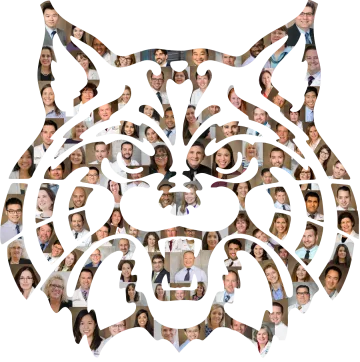Message from Our Diversity, Equity & Inclusion Champion
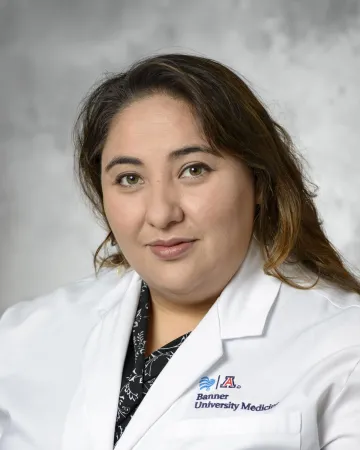
University of Arizona Department of Surgery is a diverse group of surgeons that recognizes the importance of creating an inclusive culture and equitable workplace. We recognize that each individual is unique. The differences include, but are not limited, to internal dimensions such as personality, race, age, gender, ethnicity, ability, and sexuality and external dimensions such as geographical location, marital status, income level, educational background, work experience, and religious and political beliefs.
The Department of Surgery Diversity, Equity and Inclusion (DEI) committee works to provide opportunities for our group to learn the importance of diversity, equity and inclusivity. We do this through book clubs, guest lectures, and discussions. We recognize the disparity that exists between the healthcare providers and patient demographic that we serve and aim to bring together a diverse group of surgeons that represents the community. We assist faculty members who are underrepresented in medicine, eliminate barriers to faculty advancement, and create a framework that is fair and gives access to opportunities.
Inclusion is active. Diversity and inclusion must be consciously interwoven into the cultural fabric so that all people feel like they belong in the workplace and that they can succeed there. We recognize inclusion can’t just consist of a few programs; it must be a fundamental part of the organizational framework. It is important to our group that all of us ask the question, “Have I created conditions where every person can contribute in their unique, meaningful way and feel safe and secure doing so?” If there are instances where that’s not the case, we must have the courage to admit it and work to change.
University of Arizona Department of Surgery is committed to creating a culture where every individual can contribute their full potential. We are aware that this requires investigating the systems and processes in the organization to discover barriers and eliminate them. Our mission is to ensure that team members speak up and are heard so they feel safe and empowered proposing novel ideas, making decisions, taking and giving feedback, and sharing credit for team successes.
We aim to provide the best care to our diverse community, work daily to reduce the disparities that exists, improve access to care to all people.
Lourdes Castañón, MD, FACS
Director, Burn Program
Clinical Assistant Professor, Surgery
Director, 4th Year Clerkship
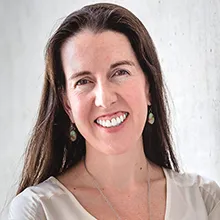
“Coming from both European and Native American lineages has allowed me to be a translator and a facilitator. It has allowed me to build bridges.”
Jennifer Erdrich MD, MPH
Assistant Professor of Surgery, Division of Surgical Oncology
LEARN ABOUT DR. ERDRICH'S EXPERIENCE
Card 1 Title
Racial representation among Department of Surgery faculty, staff, residents, fellows, APPs, and students.
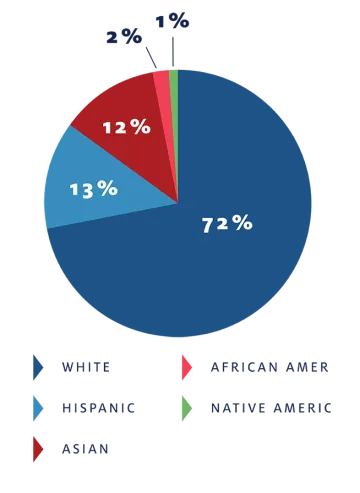
Card 2 Title
Gender representation among Department of Surgery faculty, staff, residents, fellows, APPs, and students.
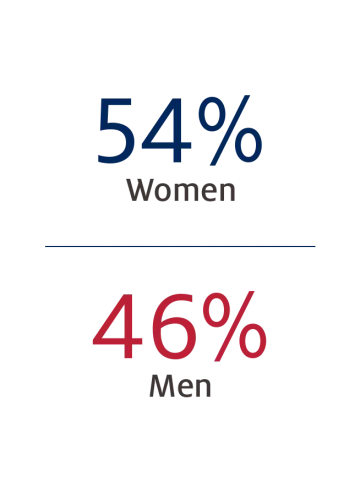
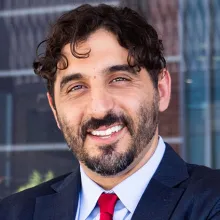
“As newer generations come into our field, the most important thing is they see it as a safe zone. Being open and in tune to [diversity and inclusion] allows more diversity in who comes into the field, who approaches medicine, and how we learn from those people.”
Bellal Joseph, MD, FACS
Professor, Surgery Chief, Division of Trauma, Critical Care, Burn, and Emergency Surgery Vice Chair, Knowledge Expansion
LEARN ABOUT DR. JOSEPH'S EXPERIENCE
Card 1 Title
Text goes here.
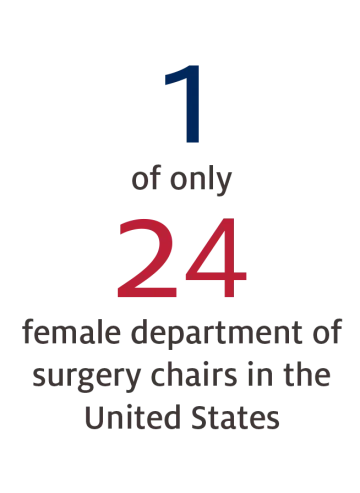
Card 2 Title
Generation representation among Department of Surgery faculty, staff, residents, fellows, APPs, and students.
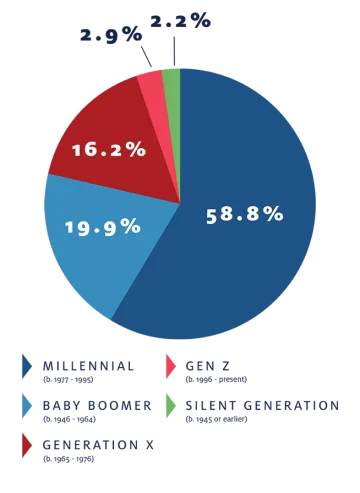
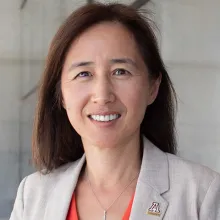
“In the Southwest, we’re particularly in need of people from underserved communities, such as Native Americans and Hispanic populations, because that’s patients. To receive the best care, they need to see themselves in our institutional structure.”
Wei Zhou, MD, FACS
Chief, Division of Vascular and Endovascular Surgery Professor, Surgery
LEARN ABOUT DR. ZHOU'S EXPERIENCE
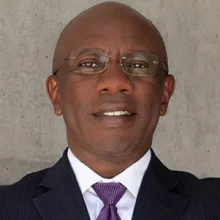
“I live diversity and inclusion. I not only believe in inviting people to the party, but asking them to dance.”
Valentine Nfonsam, MD, MS, FACS, FASCRS
Associate Professor, Surgery Division of Surgical Oncology Program Director, General Surgery Residency
LEARN ABOUT DR. NFONSAM'S EXPERIENCE


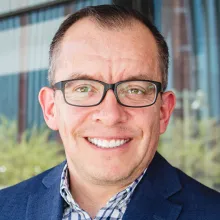
“For diversity and inclusion to be successful, it needs to be two-dimensional. One, we need the majority to be open-minded enough to give people who are not in the majority space to be diverse. Second, once individuals who are in the minority are successful, they need to invest that back into their communities.”
Marlon Guererro, MD, FACS
Associate Professor, Surgery, Division of Surgical Oncology Vice Chair, Quality & Performance
LEARN ABOUT DR. GUERRERO'S EXPERIENCE
Resources
- University of Arizona Office of Diversity and Inclusion
- College of Medicine – Tucson Office of Diversity, Equity and Inclusion
- Association of Program Directors in Surgery Diversity & Inclusion Toolkit
- Association of Women Surgeons
- Latino Medical Student Association
- Society of Asian Academic Surgeons
- Society of Black Academic Surgeons
- Student National Medical Association
Who We Are
